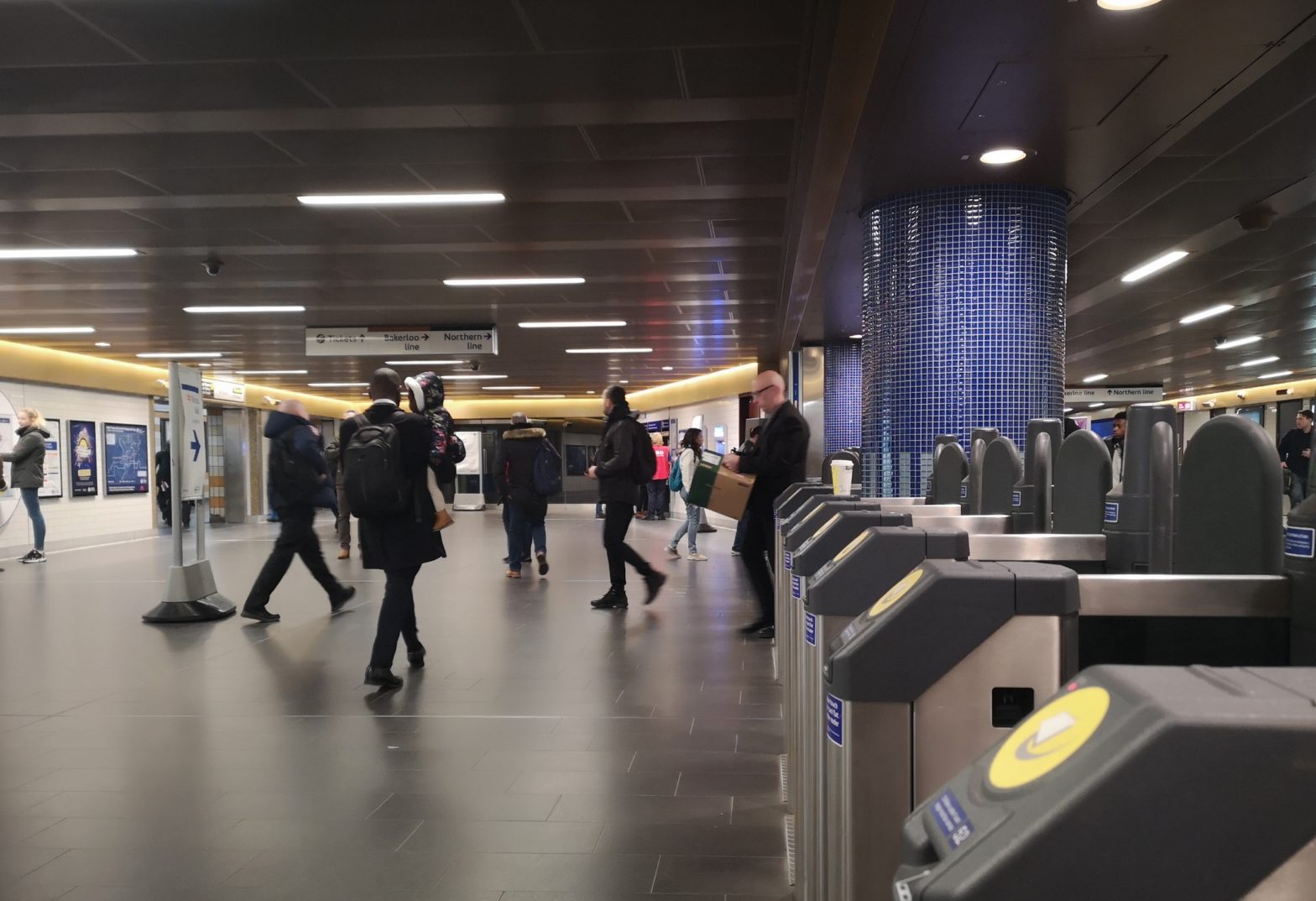
London leverages data-driven approach to combat fare evasion
02 May 2025
by William Thorpe

02 May 2025
by William Thorpe
Transport for London (TfL) has expanded its efforts to reduce fare evasion by increasing its team of investigators and deploying advanced data analysis tools.
Central to this strategy is the Irregular Travel Analysis Platform (ITAP), which uses journey and ticketing data to identify fare evaders and optimise enforcement efforts across the network. This expansion not only aims to recover lost revenue but also to improve resource allocation and increase efficiency in managing fare evasion across TfL services.
"We’ve seen significant benefits from using ITAP, as it allows us to target fare evaders more effectively," a TfL spokesperson told Cities Today. "By analysing ticketing and journey dat...
Unregistered users have limited access to our stories. Register for free now to enjoy Cities Today without restrictions.
Already a subscriber?
| Cookie | Duration | Description |
|---|---|---|
| cookielawinfo-checbox-analytics | 11 months | This cookie is set by GDPR Cookie Consent plugin. The cookie is used to store the user consent for the cookies in the category "Analytics". |
| cookielawinfo-checbox-functional | 11 months | The cookie is set by GDPR cookie consent to record the user consent for the cookies in the category "Functional". |
| cookielawinfo-checbox-others | 11 months | This cookie is set by GDPR Cookie Consent plugin. The cookie is used to store the user consent for the cookies in the category "Other. |
| cookielawinfo-checkbox-necessary | 11 months | This cookie is set by GDPR Cookie Consent plugin. The cookies is used to store the user consent for the cookies in the category "Necessary". |
| cookielawinfo-checkbox-performance | 11 months | This cookie is set by GDPR Cookie Consent plugin. The cookie is used to store the user consent for the cookies in the category "Performance". |
| viewed_cookie_policy | 11 months | The cookie is set by the GDPR Cookie Consent plugin and is used to store whether or not user has consented to the use of cookies. It does not store any personal data. |
You have reached the limit for the basic subscription. Please upgrade to Premium to download more
You have reached the limit for the basic subscription. Please upgrade to Premium to save more
